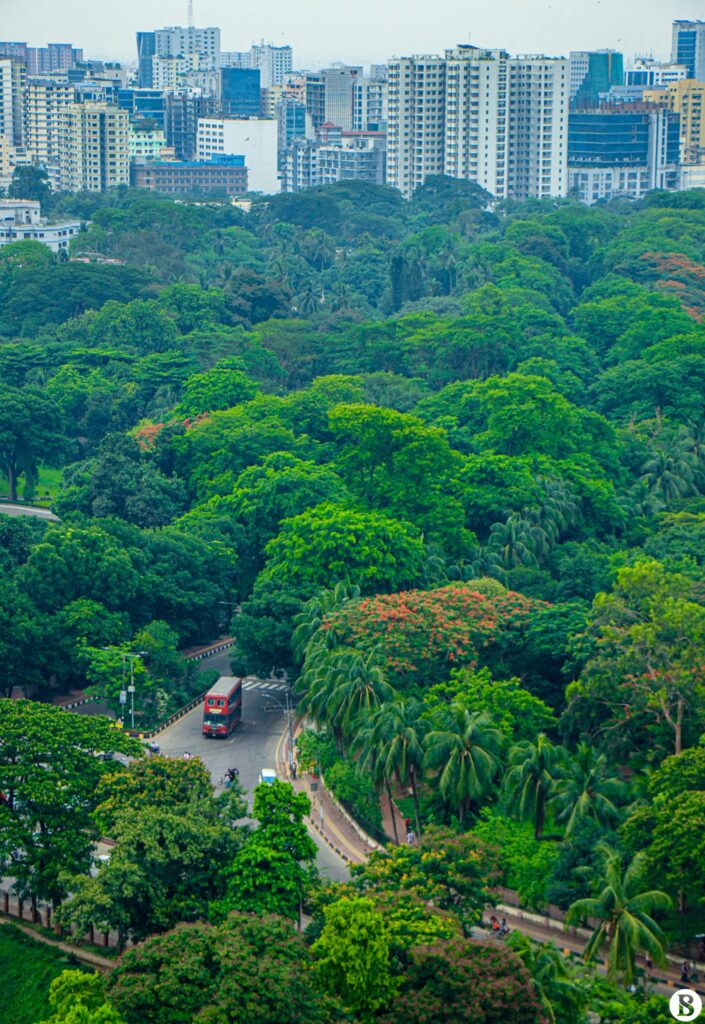Our World is changing and we are seeing many of us wants to explore other planets. Not many people are talking about it. Earth is our
Under the Paris Agreement, signed in 2016, many countries pledged carbon emissions caps that weren’t ambitious enough to limit warming to 1.5 degrees Celsius or below. The Climate Action Tracker follows countries who signed the pact to assess whether they’re on track to meet their self-set goals. The Gambia’s goal is 6 million metric tons of carbon; the U.S.’s is 1.8 trillion tons.
- Even though carbon emissions in The Gambia, Morocco and India are expected to rise, they’ll fall short of exceeding the 1.5-degree Celsius limit.
- Projected emissions in Saudi Arabia, Russia and the United States are far greater than what it would take to limit warming to 1.5 degrees Celsius.
India has emerged as a global leader in renewable energy, and in fact it is investing more in them than it is in fossil fuels. Having established a goal of generating 40 percent of its power through renewables by 2030, its progress has been so rapid that it could easily reach that target a decade early, so there is every opportunity for India to increase that target.
Costa Rica aims for its electricity production to be 100 percent renewable by 2021. It’s already extremely close: in 2018 it generated 98 percent of its electricity from renewable sources—primarily hydropower—for the fourth consecutive year. Two-thirds of its greenhouse gas emissions are from transportation, and the country has made it a national priority to use renewable energy across its roads and rails. The National Plan for Electric Transportation calls for at least five percent of the bus fleet to be replaced by electric buses every two years, and for at least 10 percent of new taxi concessions to be given to electric vehicles.
There are some organizations working on saving our home, but they are very few in number. We need to save it. We need to work on it. And we need to do it now.
Written By: Sharmin Rahman
Edited By: Alimul Khadem
Image: TJ

